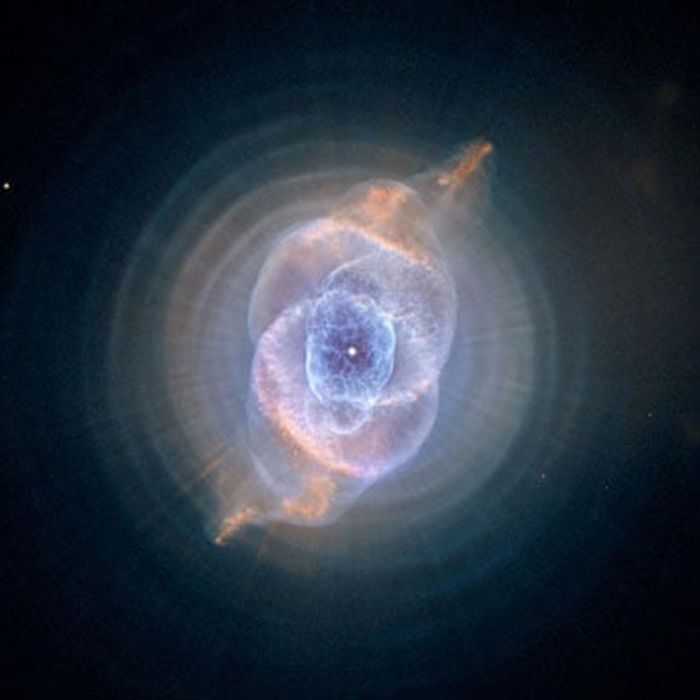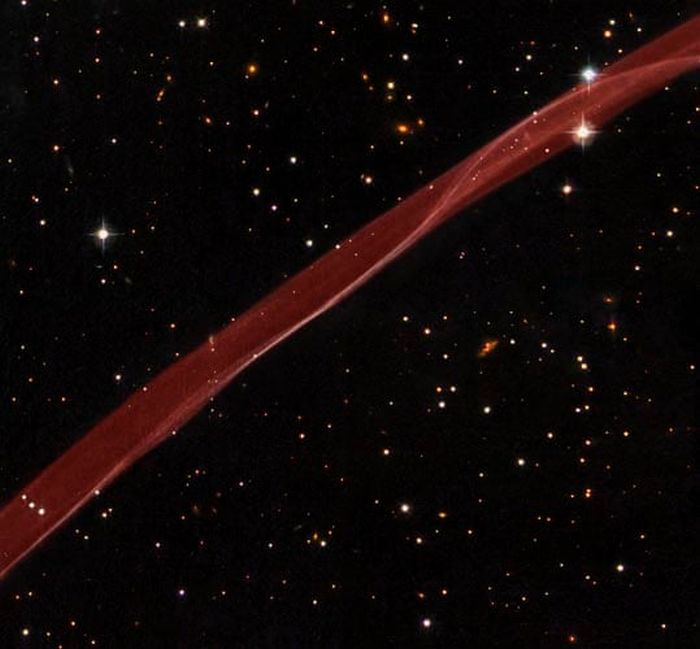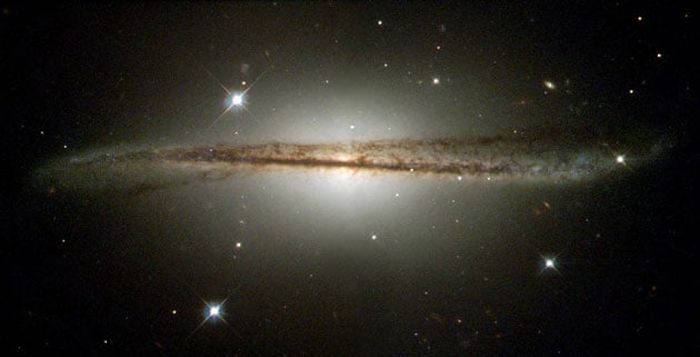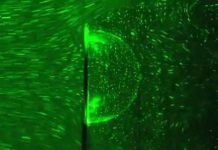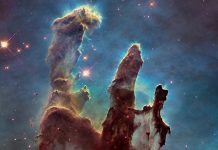3.
Here the Hubble Space Telescope provides a glimpse into the Cat’s Eye Nebula. It is basically a planetary nebula that occurs when stars, such as the Sun, discard their outer layers of gas and emerged as a glowing body.
It is interesting to note that the planetary aspect of this name has no real significance and has been given due to the fact that in the early days, astronomers used to misconceive nebulae for being large planets.
4.
A frail ribbon filled with gases, it happens to a memorabilia to remind us of the supernova explosion that occurred over a thousand years ago.
Experts believe this event occurred near 1 May, AD 1006, and astronomy enthusiasts from the Far East, Europe and Africa the advent of light from space. Now, this object is known as the SN 1006, the last breathing moments of a pale dwarf-like star that is located almost 7000 light years ahead.
The Supernova is considered to be the brightest star even witnessed by the inhabitants of Earth, and it even outshines Venus as the brightest spatial body in the night sky, after the Moon of course. For weeks, it remained visible even during the daytime, and for around two and a half years, people could see it without the need for a telescope.
5.
Hubble captures a peculiar edge-on galaxy that features a twisted and distortedly dusty disc.
For instance, our Milky Way, amongst other typical spiral galaxies, tend to have a flat appearance of their spiral arms when glanced edge-on. However, this galaxy has the most fascinatingly different structure with its distorted disc-like shape.


